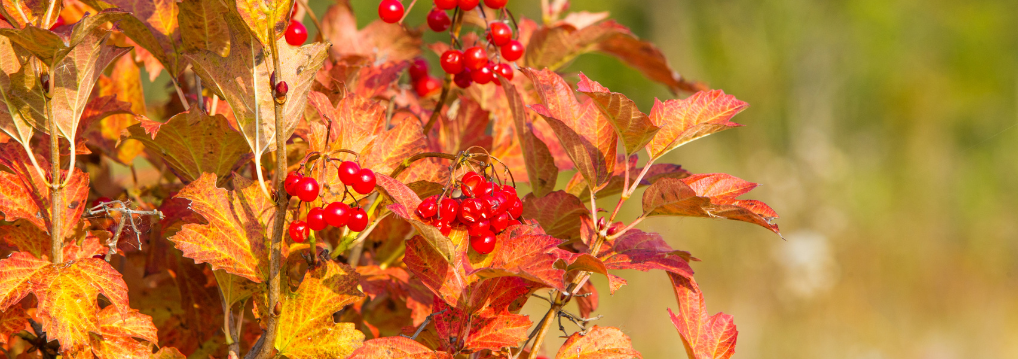
5 Tips for Supporting Native Species this Season
Did you know October is the peak time to see the leaves change color in Indiana? With the fall season in full swing, we often think about pumpkin patches, Halloween, and … fall yard work. This year, we have good news to share: Take it easy on the yard work!
From nature’s perspective, fall is the preparation season for winter. The squirrels and non-migratory birds are searching for seeds and nuts to cache for long cold months. Bees and other pollinating insects are looking for pithy stems of herbaceous plants like Black-eyed Susan or Foxglove to lay the larvae of the next generation.

This fall, we encourage you to help nature’s “neighbors” prepare for winter. Here are some easy tips that you can implement in your own yard.
🍁 Leave your native flowers on their stems. Birds will collect their seeds!
🍁 Resist trimming back dead stems in a “fall clean up.” Or, if you really want to clean up those landscape beds, neatly stack the trimmed stems around your yard for them to sit for winter. Keep a few inches of stems and stalks intact at ground level.
🍁 Leave nuts or acorns dropped from trees on the ground. Wildlife will eat them all winter long. You can also rake them into a pile out of the way.
🍁 Rather than raking and bagging leaves, gather them in piles underneath your trees and shrubs to break down naturally and provide nutrients to the soil.
🍁 Plant a variety of shrubs in your yard that provide berries for birds in the fall and winter such as coralberry, arrowwood viburnum, and winterberry. Bonus: they provide excellent color and interest in winter landscapes!
With these small acts in your yard and landscape, you can help nature’s “neighbors” prepare for and survive the winter. Small changes in our landscaping habits can have significant impacts on the wildlife that depend.
For more ideas on how your yard and landscaping can help support native wildlife, you can read books by Doug Tallamy such as Nature’s Best Hope and Bringing Nature Home. Many of these landscape suggestions were adapted from Nature’s Best Hope by Doug Tallamy.
If you enjoyed this blog, you may enjoy our nature programs! Explore our current offerings here.
